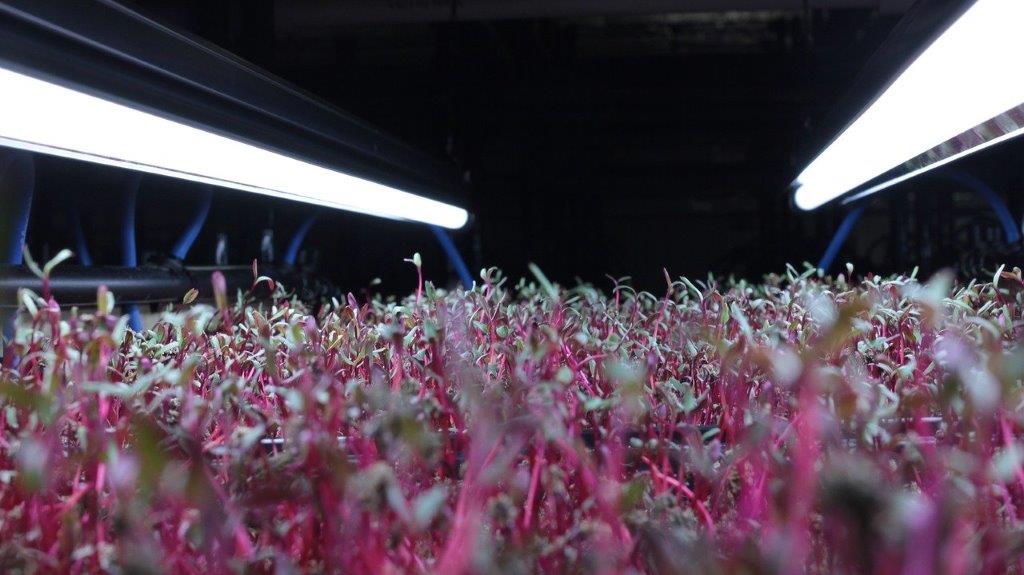
Serve Microgreens in Tasty Ways – Packed with Nutrients
There are many ways to serve microgreens that make them fun and tasty. Microgreens add important vitamins, minerals, and antioxidants to your diet.
Microgreens have become a darling among restaurateurs and health food aficionados alike and with good reason. These miniature plants are loaded with nutrients and add a subtle flavor and texture to a variety of dishes.
What Are Microgreens?
Microgreens are baby plants harvested after the first true leaves emerge. Microgreens are not the same as sprouts. Sprouts are harvested within 2-5 days, whereas microgreens are allowed to grow about three times as long, generally 2-3 weeks.
Microgreens can be from a wide variety of plants. Some of the more popular varieties are:
- Brassicaceae family: broccoli, cabbage, kohlrabi
- Asteraceae family: lettuce, endive
- Apiaceae family: carrot, fennel, celery
- Amaryllidaceae family: garlic, onion, leek
Microgreens Are Nutrient Dense
One recent study showed that some microgreens have up to 9 times more nutrients than their fully-grown counterparts. (source). Another study found they have a wider variety of polyphenols and other antioxidants than the mature plant. (source)
The nutrients vary depending on the species, but most are good sources of potassium, iron, zinc, magnesium, and copper.
How to Store and Use Microgreens

Microgreens keep best stored in an airtight container in the crisper section of your refrigerator. Use within 5-7 days.
For the most part, microgreens taste like a mild version of the mature plant. Don’t like broccoli, give broccoli microgreens a try.
Microgreens are best served raw. They do not hold up to heat well. Most restaurants use them as an edible garnish for the plate.
A few Ways to Use Microgreens:
- in a salad
- on a sandwich or wrap
- on top of scrambled eggs or a breakfast sandwich
- on top of pasta
- in juices or smoothies
- add them to a spring roll (like this one) or sushi
- add to a stir fry just before serving
Serving Microgreens are a fun and tasty way to add vitamins, minerals, and antioxidants to your diet. Just be sure to purchase from a trusted source like Harvest2U.
- Spinach Carrot Juice
- Apple Watermelon Juice For Refreshing Hydration
- ABC Juice
- Black Beans Kale
- 5 Lessons Research Teaches us about Preparing Tomatoes
- Apple Pomegranate Juice – Full of Antioxidants
- Broccoli Potato Soup
- The Powerful Pomegranate – Known Since Ancient Times
- Apple Cucumber Juice a Great Hydrator
- Microgreens and Tuna Salad – Nutrient Rich
- Broccoli Beef – Simple and Ready in 30 Minutes
- Homemade Stock and Soup – Make Your Own
- Spinach Watercress Juice – A Blood Cleanser
- Organic Fruits and Vegetables and Local Products
- Arugula Pomegranate Salad with Pineapple Vinaigrette
- Organic Celery – Why You Need More Of It
- For Better Health Eat Lots of Colors
- Carrot Beet Celery Root Juice – A Nutrient Booster
- Carrot Leaf Tea – A Perfect Way to Use the Green Tops
- Keto Kohlrabi Coleslaw – A Low-Carb Alternative
- Cock-a-Leekie Soup – Made with Plenty of Leeks
- Apple, Carrot, Beet, and Swiss Chard Juice – Nutrient Loading
- Maple Cinnamon Squash – Preparing Winter Squash Simply
- Apricot Peach Juice – he Way You Like It
- 5 Lessons Research Teaches us
